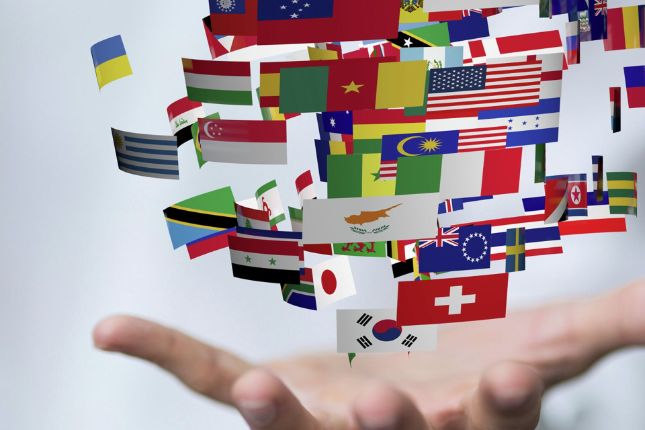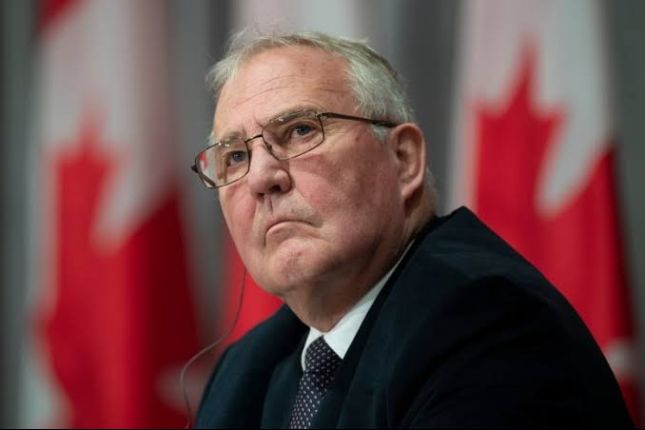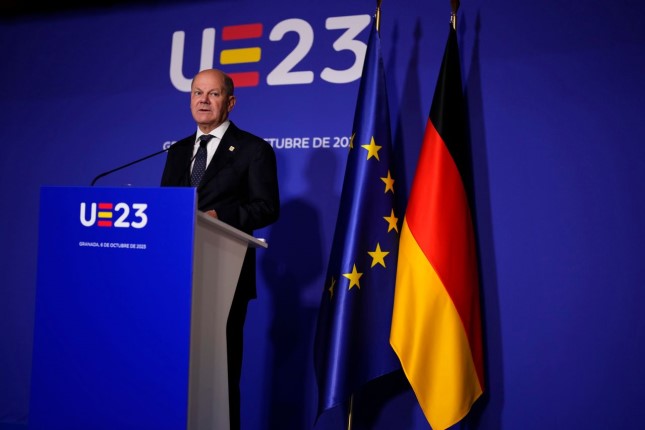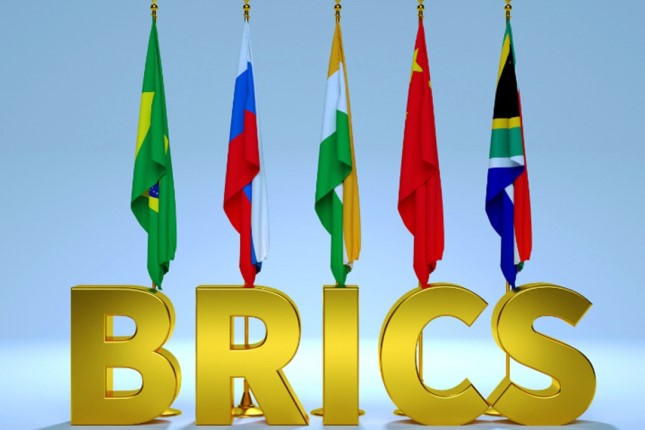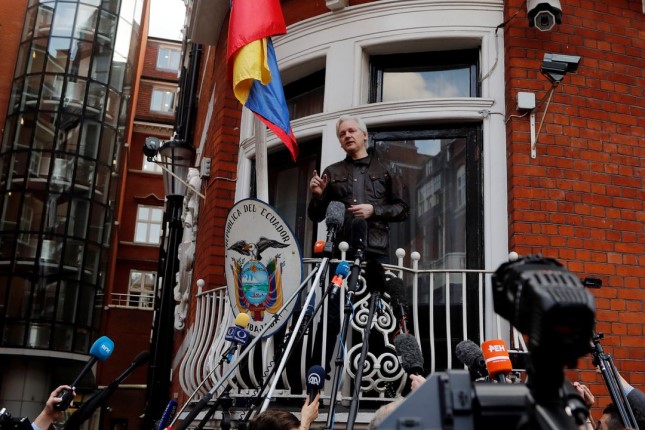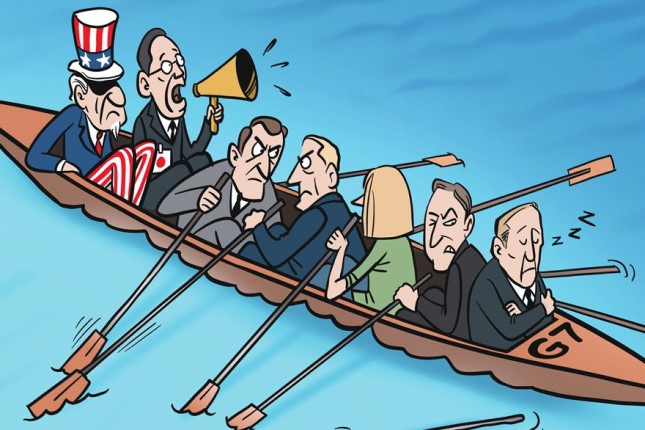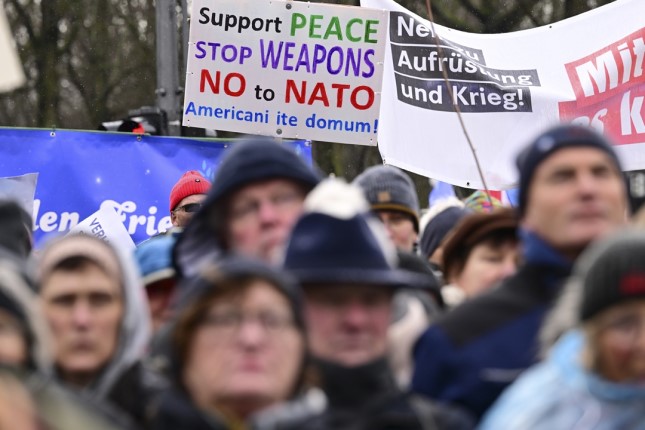The first took place between Saudi Arabia and Iran. Maintaining a coalition against Iran has long been a key feature of U.S. policy in the Middle East. Saudi Arabia has been the key piece in that puzzle. That policy began to crack in March 2023 when China brokered an agreement to resume diplomatic relations.
Just how far Saudi Arabia has slipped out of that monogamous relationship with the U.S. that was based on enmity for Iran was highlighted again recently when Iran revealed that “Saudi Arabia has asked that we organise joint exercises in the Red Sea.” Those exercises came to fruition. The Saudi defense ministry has announced that “The Royal Saudi Naval Forces had recently concluded a joint naval exercise with the Iranian Naval Forces alongside other countries in the Sea of Oman.” Iran says that the joint naval exercise included Russia, Oman and Iran with several countries, including India and Saudi Arabia participating as observers.
The joint naval exercise came just weeks after Iran’s foreign minister, Abbas Araghchi, held talks with Saudi Crown Prince Mohammed bin Salman in Saudi Arabia.
And those weren’t the only talks that forecast important shifts in the international community. From October 22 to October 24, Russia hosted the 2024 BRICS summit. While the U.S. has attempted to line nations up behind its hegemony and isolate Russia, that alignment was challenged by the presence of high ranking officials from 32 countries, including the leaders of 24 of them, as well as UN Secretary-General Antonio Guterres.
The presence of the UN Secretary-General in Russia was important, as was the official welcoming of Egypt, Ethiopia, Iran, and the United Arab Emirates into BRICS, and the announcement that “More than 30 more states are showing interest in participating in” BRICS.
But perhaps the greatest sign of shifting alliances was the presence of Turkish President Recep Tayyip Erdoğan. Erdoğan was at the summit at the invitation of Russian President Vladimir Putin because, a month earlier, Turkey had requested membership in BRICS. The significance of Turkey’s request is that it has now become the first NATO member to seek membership in the multipolar international organization whose purpose is to balance U.S. hegemony and transform the unipolar world into new multipolar one.
Erdoğan, who addressed Putin as his “dear friend, said that the multipolar organization has made a “unique contribution… to the construction of a more just world.” The Turkish President told the BRICS delegates that Turkey is “determined to further our dialogue with the BRICS family, with whom we have developed close relations based on mutual respect and win-win.” He then expressed the “hope” that his attending the summit in Russia “will be a conduit to that.”
And while the Secretary General of the United Nations was attending a BRICS conference in Russia, and Turkey was advancing toward the first membership of a NATO country into BRICS, another meeting was taking place on the sidelines of the BRICS summit that signalled the potential dawn of another huge shift in alignment. While attending the BRICS summit, Chinese President Xi Jinping and Indian Prime Minister Narendra Modi chose Russia to be the cite of their first meeting in over five years.
Stressing the significance of his meeting with Xi, Modi said, “Met President Xi Jinping on the sidelines of the Kazan BRICS Summit. India-China relations are important for the people of our countries, and for regional and global peace and stability. Mutual trust, mutual respect and mutual sensitivity will guide bilateral relations.”
After expressing his “great pleasure” at meeting with Modi, Xi also stressed the importance of their meeting, saying that “China and India are both… important members of the global south” and that their meeting “best serves the fundamental interests of our two countries and peoples.” Beyond the importance to their two countries, Xi said that that “It’s also important for both sides to shoulder our international responsibility, set an example for boosting the strength and unity of developing countries and to contribute to promoting multi-polarization and democracy in international relations.”
The meeting comes just two days after China and India reached an agreement to de-escalate tensions on their disputed Himalayan border. The agreement led to the “resolution of the issues that had arisen in these areas in 2020,” a “disengagement process with China” that has, according to Indian Foreign Minister Subrahmanyam Jaishankar, now “been completed.”
The thawing of relations between India and China on the sidelines of the BRICS summit is of massive significance in the U.S. struggle to keep China down and maintain a U.S. led unipolar world. In America’s world view, there is a generational battle between an American led unipolar world on the one side and a Russia-China nurtured multipolar world on the other. In the middle, with one foot in each world is India, the largest country in the world. In the U.S. strategy, wooing India to the U.S. side is key. The side that India chooses will determine whether a unipolar or a multipolar world triumphs.
The U.S. has long tried to use India as a counter balance to China that acts to contain China and as a wedge between China and the global south. Russia has seen itself as a mediator between India and China both in the original core RIC formation and, now, in the fleshed out BRICS+. Russian foreign minister Sergei Lavrov has noted that part of the role of RIC is “in promoting trust and confidence between India and China.” Warming of India-China relations, and the choice of holding their first meeting in Russia, is an important geopolitical realignment.
These three events may have a significance greater than the attention they attracted in the mainstream media. Saudi Arabia inviting Iran to hold joint military exercises, NATO member Turkey seeking BRICS membership, and India repairing relations with China are all potential seismic realignments that do not favor U.S. hegemonic designs.
Source: AntiWar.
